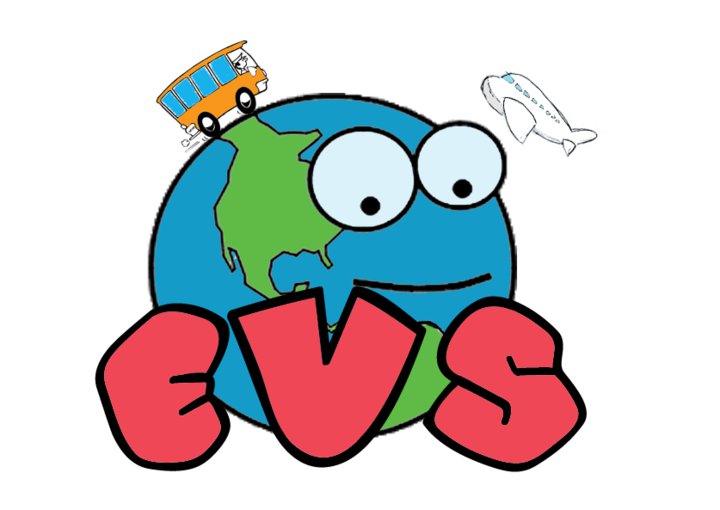
FAQ About EVS

What is EVS?
Environmental Studies (EVS) at the primary stage envisages exposing children to the real situations in their surroundings to help them connect, be aware of, appreciate and be sensitized towards the prevailing environmental issues (natural, physical, social and cultural). Beginning with child’s immediate surroundings (including natural, social, physical and cultural settings) related to self, home, school and family in the early grades and gradually moving on to the wider environment (neighborhood and community at large), EVS not only helps children to get acquainted with their own environment but it also strengthens their bond with it.
Creating learning situations in the context of children is very crucial to learning EVS. Efforts need to be made to avoid giving direct information, definitions and descriptions and instead create situations for children to construct their own knowledge by interacting first hand with their surroundings and with other children, elders and significant others. During this process, they would access various sources of knowledge besides the textbook and explore various learning sites besides the classroom. Real world exposure would lead to opportunities for them to encounter various social issues (such as those of gender bias, marginalization, challenges of the differently abled (including those of the elderly and the sick) and natural concerns (such as those of protection, preservation, conservation of natural resources).
Care may be taken to ensure that besides resource material, the classroom environment and the pedagogical processes are inclusive i.e. they cater to the diversity of learners in terms of their abilities, cognitive development, pace, style, etc. It is important to acknowledge and give primacy to children’s experiences to help them connect these with the school knowledge while ensuring their active participation. Hence, the learning situations need to include a variety in approaches, strategies and resources to ensure that each learner (including the differently abled and the disadvantaged learners) gets opportunity to observe, express, discuss, question, critically think, improvise and analyze, i.e. gets engaged in various processes of learning involving use of multiple senses in individual and group set-ups.
